The clinical signs of Feline Idiopathic Cystitis include dysuria (difficulty or pain during urination), pollakiuria...
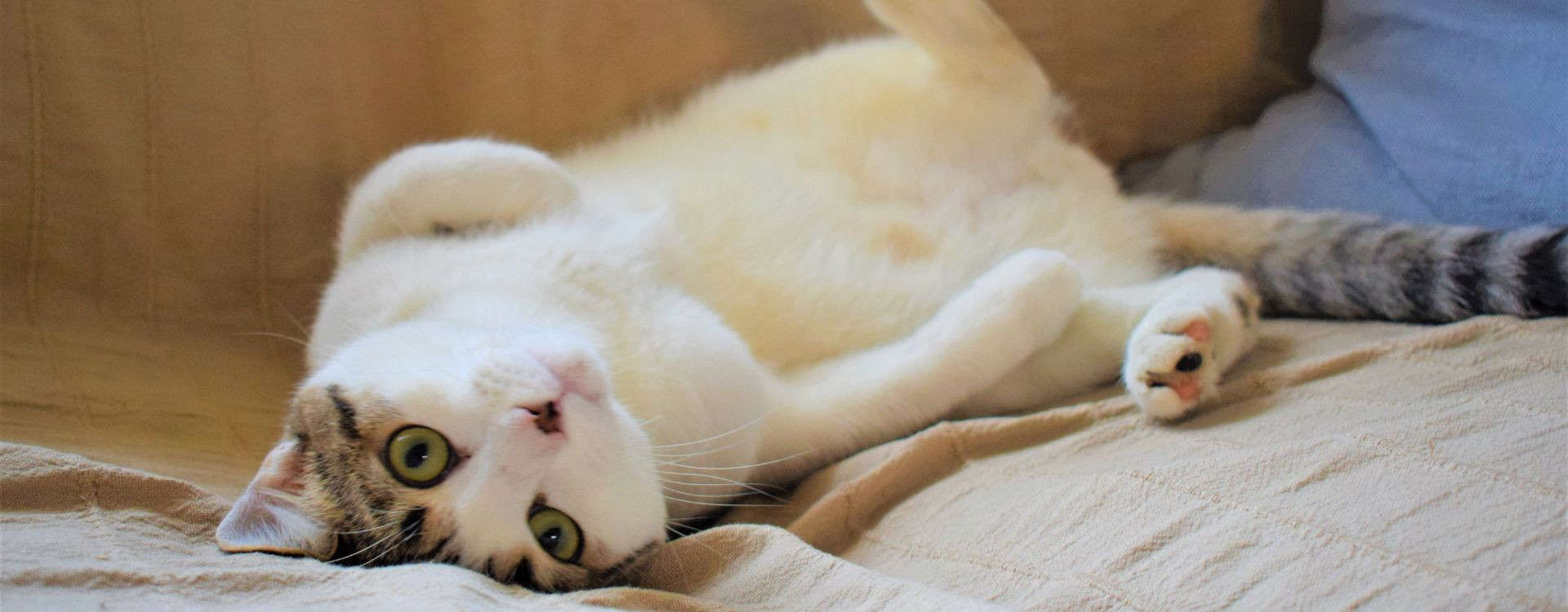
Environmental Enrichment
A measure of environmental enrichment is anything that helps a cat find well-being. The concept of well-being includes physical, psychological, emotional and social well-being.
This can be achieved by adding, modifying or removing elements.
According to the American Animal Hospital Association (AAHA) and the International Society of Feline Medicine (ISFM), a healthy cat environment can be achieved by respecting the five main pillars of environmental needs guidelines, which will serve to adapt the environment of any cat in any situation we can imagine (home, veterinary clinic, outdoor, etc.). The pillars are:
1. Provide safe places: these spaces must be spread out and diverse so that your cat can always find a place to hide from threats if necessary. They may be places that can be climbed or entered, such as towers, shelves, boxes, cabinets, or little houses.
2. Provide all basic resources multiplied by number and spread out:
- Litter boxes: a cat must always have at least two options where they are able to relieve themselves. If there is only one cat there should be at least two litter boxes. If it is a multi-cat home, it is essential that there are several litter boxes in different areas. The location should be accessible and quiet and the litter box should preferably be wide, with low edges and uncovered.
- Food: Cats should be able to eat small amounts of food, several times a day and in solitude. They eat between 12 and 20 times over a 24 hour period. The feeding points must be multiplied and spread out and away from litter boxes, scratching posts and water.
- Water: Same requirements as for food.
- Scratching posts: Scratching posts must also be multiplied in number and placed in various areas of the house, especially if several cats live together.
- Places to rest: they must also be multiplied in number, even if only one cat lives in the area. They can be located high up, in front of a window, under a bed, or inside a closet. Each cat will have its own preferences and you have to respect them, since it is essential for them to rest without stress.
- Places to play: Multi-cat households must have a variety of toys available in different areas to ensure that they are accessible and to avoid competition.
3. Provide adequate opportunities for hunting games: the favorite game of cats is one that mimics hunting prey. It is not a good idea to play these types of games using your hands or feet, because your cat will be conditioned to use them to play and may jump on you at any time.
4. Provide contact with humans in a predictable and positive way: cats generally have little tolerance of contact, though this will depend a lot on their genetics, handling during the socialization period and subsequent experiences during their development. Petting or handling them is better if done in a brief and positive way, so that the cat can be sure of when it begins and when it ends. If we also let them choose when they are petted, the interaction will be much more predictable.
5. Provide a respectful environment for sense of smell: smell is a sense that provides ample information about the environment. Through their sense of smell cats perceive smells and pheromones. In the environment and on other individuals, cats deposit familiar pheromones by rubbing the face and body with objects, with protrusions found in the area, with other animals, and with cats of the same social group. This way the cat will know when and with what or who it can feel safe. These signs or marks should not be removed or cleaned. Claw marking also represents a means of olfactory and visual communication with a territorial message and is also a behavioral need that must be respected.
Respecting environmental needs requires paying attention not only to the physical environment where the cat lives but also to the relationships it develops with other individuals, such as other cats or people. Remember that control over the environment is a very important factor (you may read the article on stress). Being able to predict, control and choose what they can do at any time and where they can do it and being able to hide when they notice a hazard will decrease their stress.
Environmental enrichment will make your cats happier, but it can also have other benefits such as strengthening the bond they have with you, improving the management and interpretation of language and signs of disease, prevention and treatment of behavioral problems and organic pathologies, and the prevention and reduction of stress.
Rosana Álvarez. Veterinary specialist in behavioral medicine.


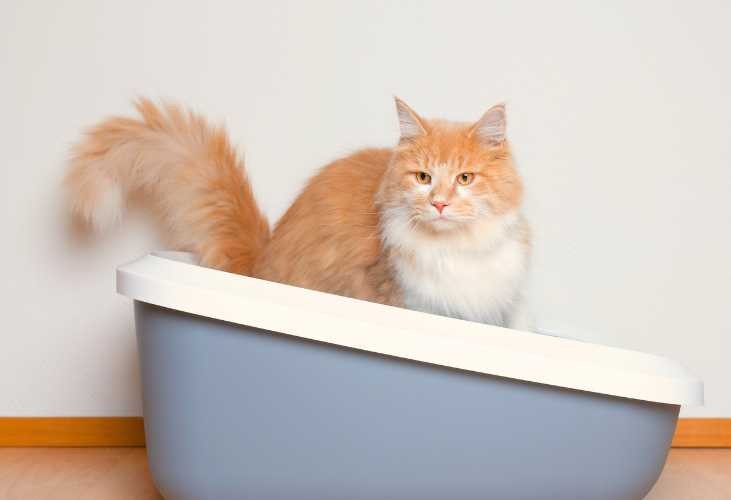
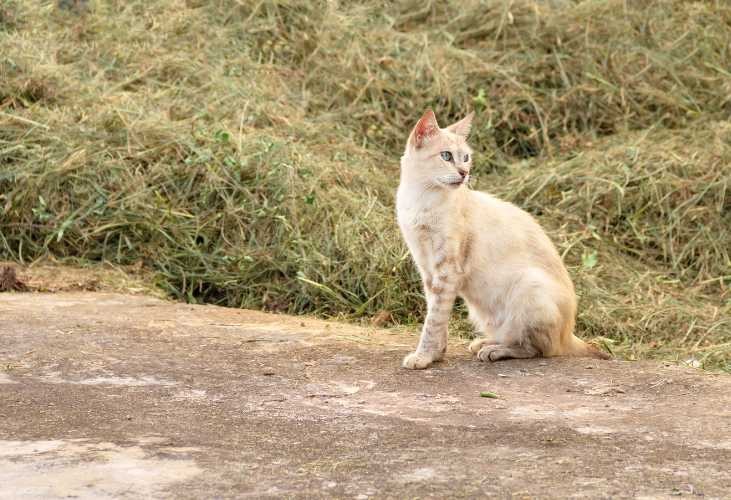
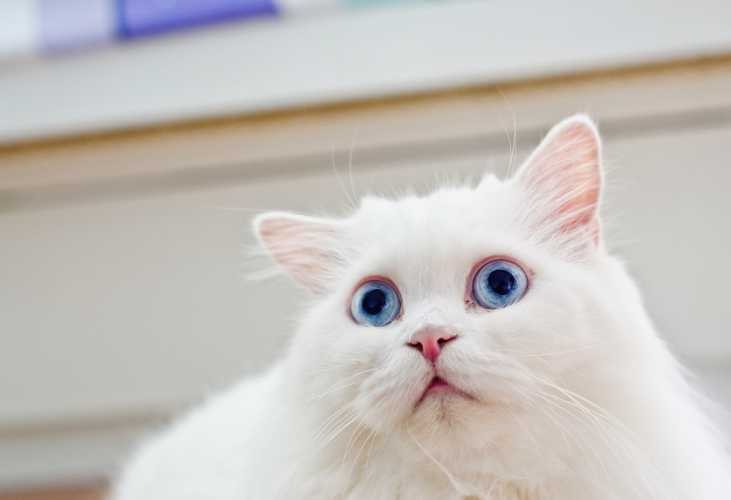
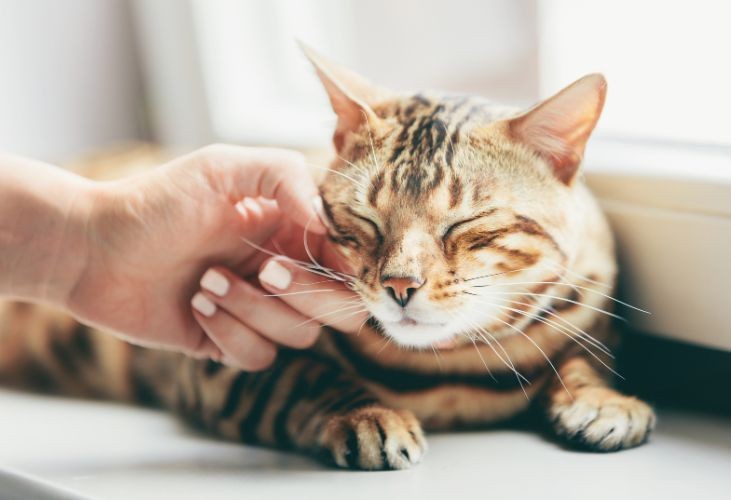

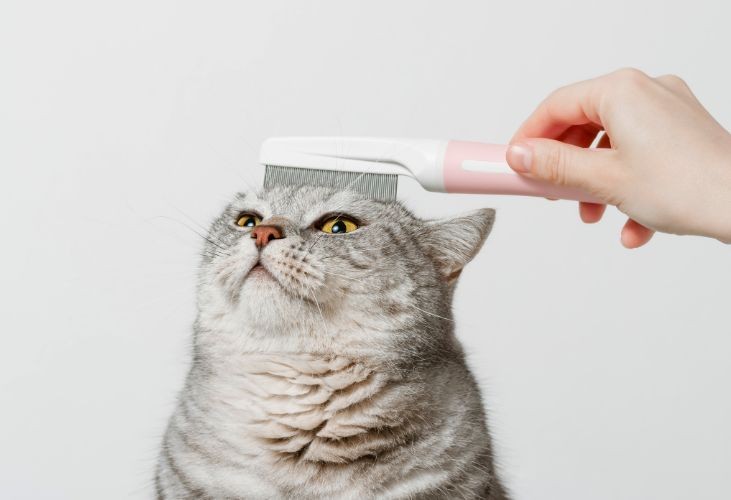



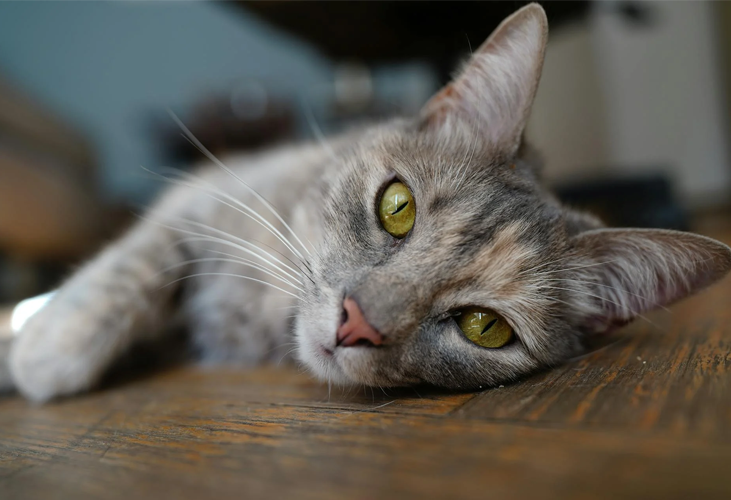

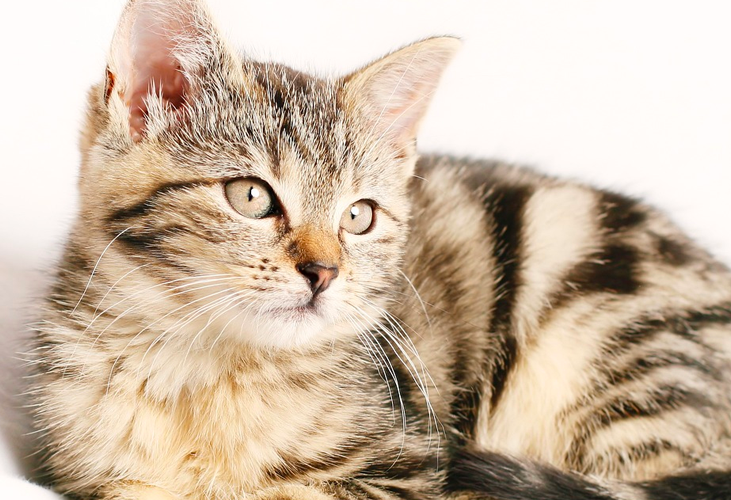


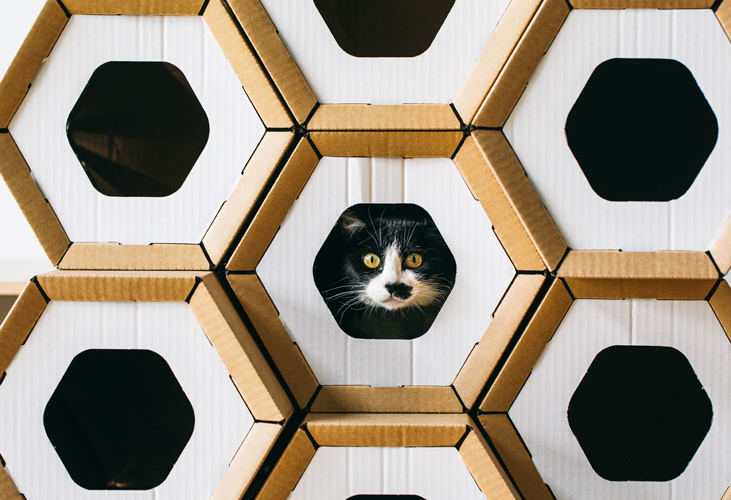
Leave a comment